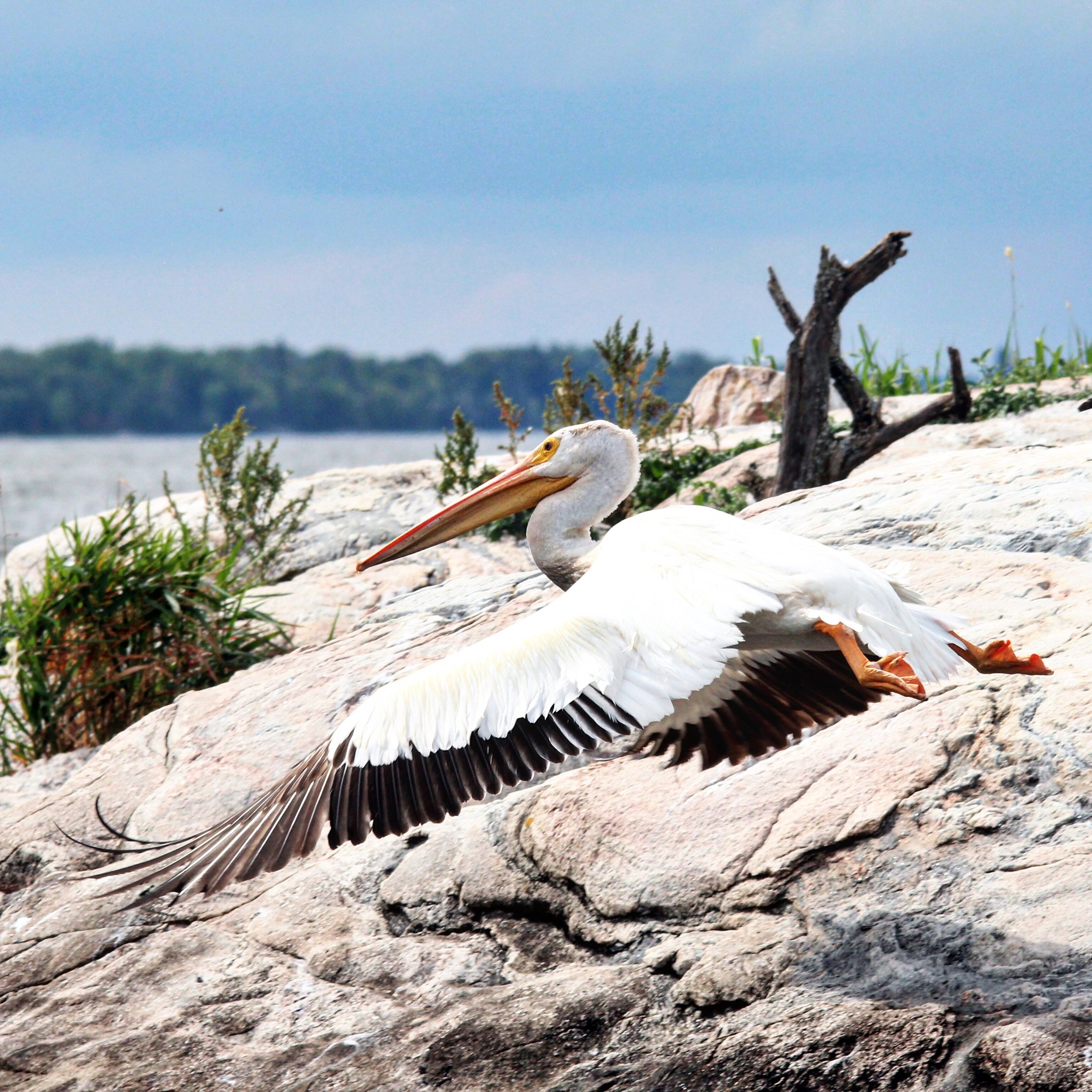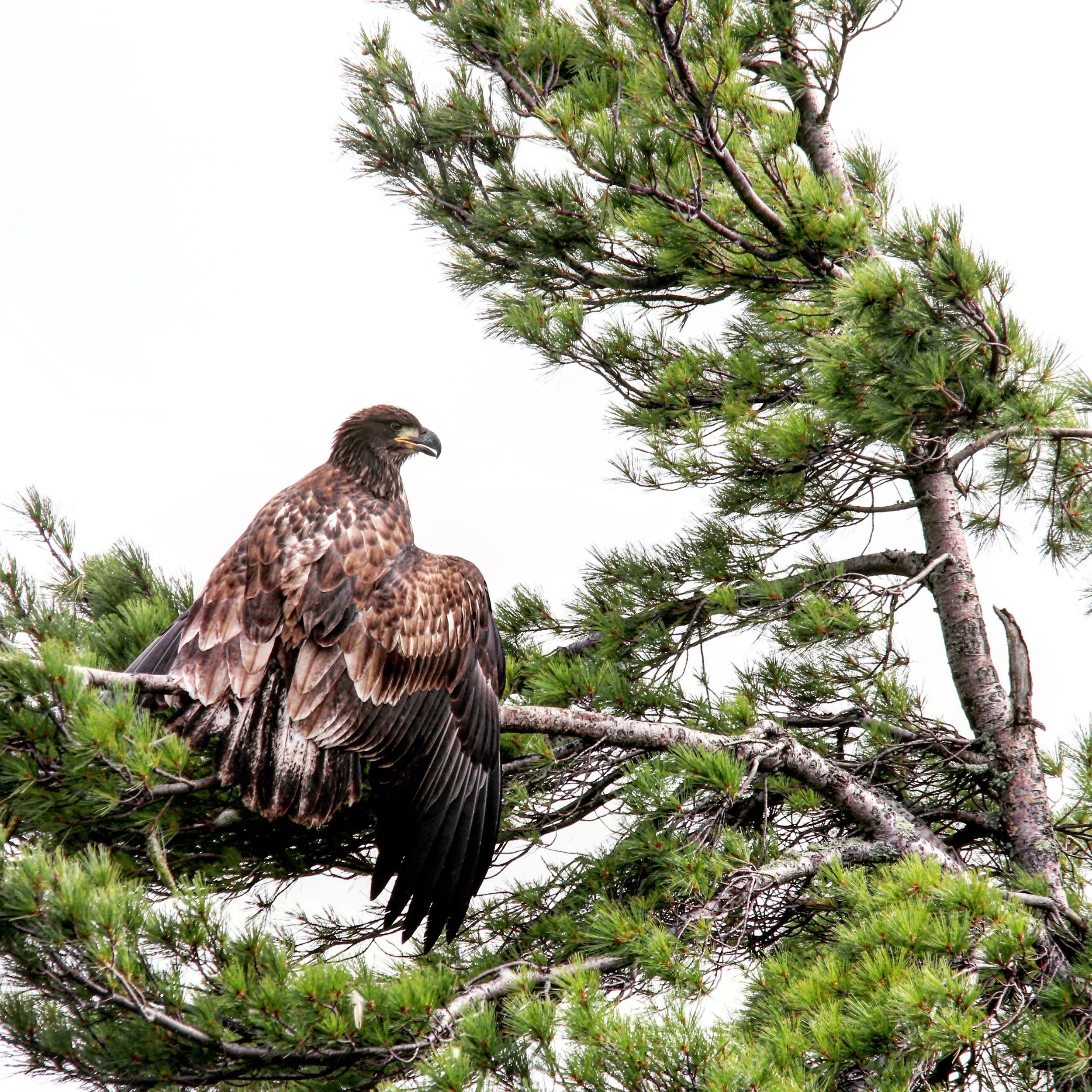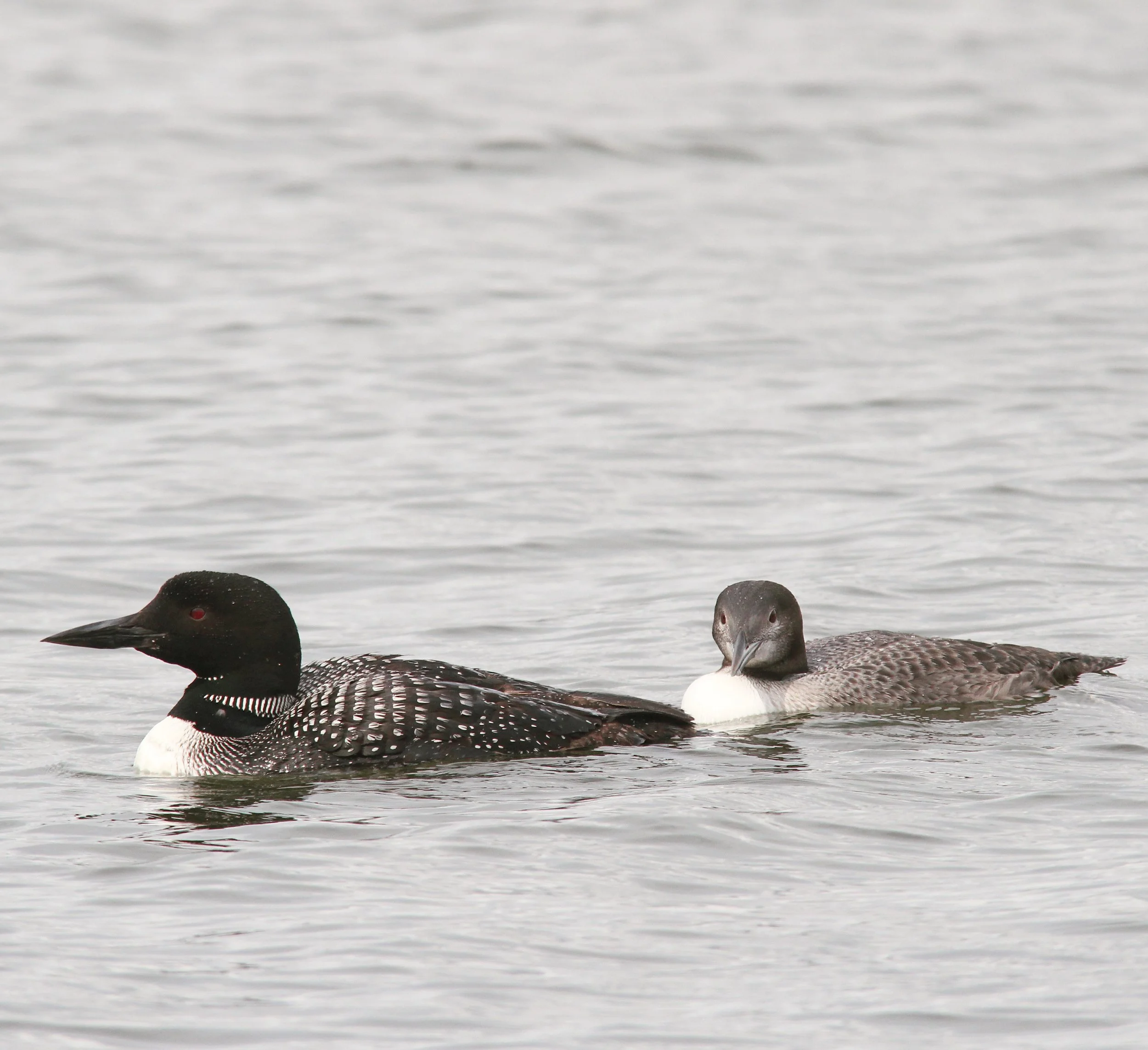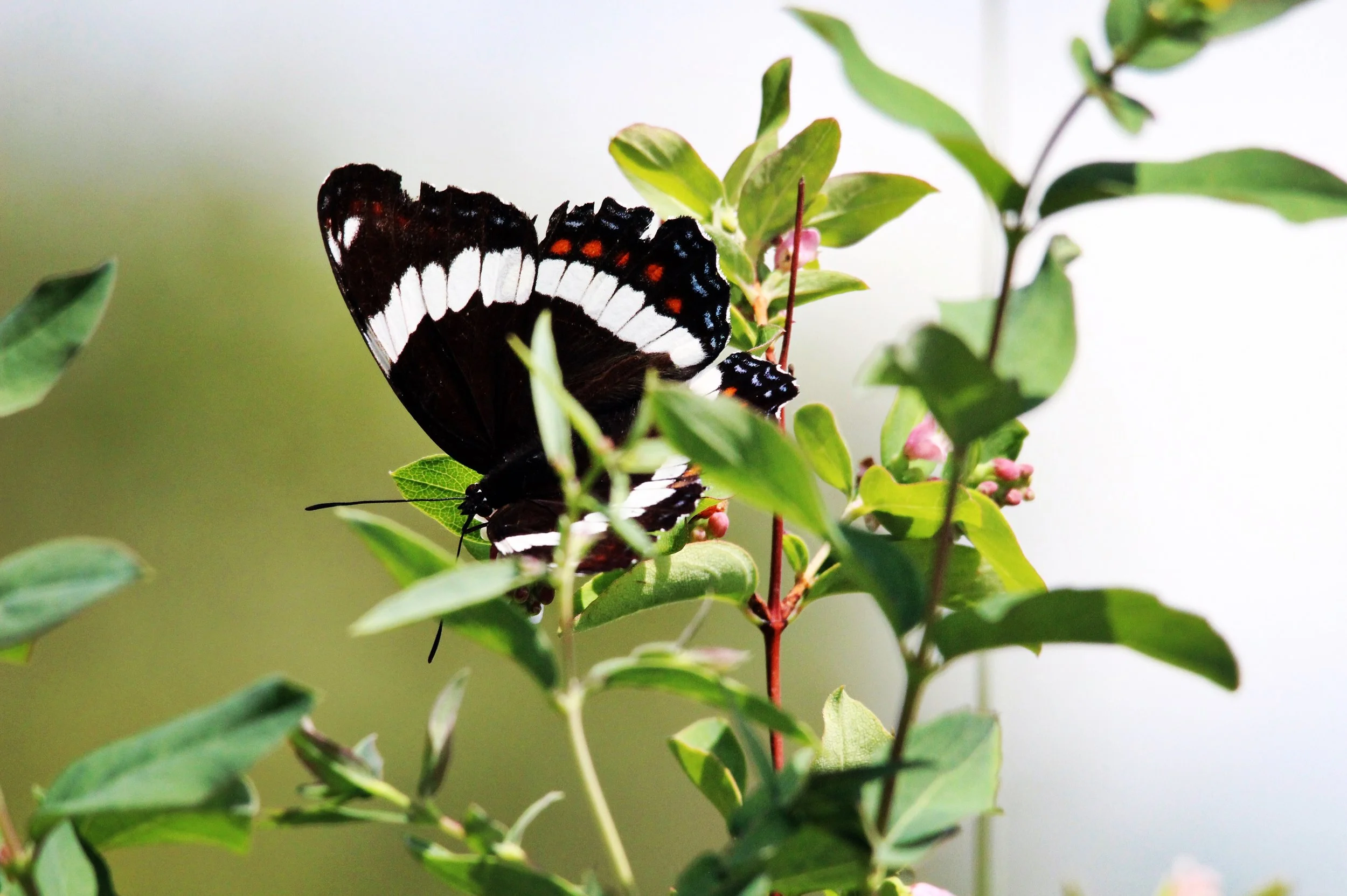










Your Custom Text Here
Park Number: 53/63
First Visited: August 18, 2016
Voyageurs is French for “travelers.” Or so the brochure tells me. Seems adequate: my dad, younger brother, and I have traveled over a thousand miles to be here, not unlike the trappers and traders that once navigated this network of water linking Montreal to western Canada. Okay . . . the two are very different. Birchbark canoes hold little comparison to the modern comforts of industrial tourism. Air conditioning dissipates the humidity. A roof stops the rain. And bug spray helps, however minutely, with the mosquitoes.
But part of the preservation of this park, starting in 1975, is in honor of the voyageurs and Native Americans that endured all this hardship (not to mention the winters). The park is also preserved for its natural beauty, the lakes and boreal forest, the exposed bedrock—some of the oldest on the planet at 2.8 billion years.
Voyageurs is one of the few water-centric parks in the system, and not being a water person, I didn’t explore its faculties to the fullest; renting a canoe or kayak would do you well. I did take a boat tour to the Kettle Falls Historic District, something offering range-led lectures, bald eagle sightings, and dinner at the historic hotel.
One of the oddest parts of our visit was a brief late-night trip into Canada, from International Falls into Fort Frances, for Tim Horton’s donuts. The border crossing was within a massive paper factory, which charged seven dollars to cross despite looking like a war zone: blockades, industrial machinery, driving on railway. But we got the donuts. And poutine to boot.
Voyageurs is ancestral lands to the Ojibwe Tribe.
Park Number: 53/63
First Visited: August 18, 2016
Voyageurs is French for “travelers.” Or so the brochure tells me. Seems adequate: my dad, younger brother, and I have traveled over a thousand miles to be here, not unlike the trappers and traders that once navigated this network of water linking Montreal to western Canada. Okay . . . the two are very different. Birchbark canoes hold little comparison to the modern comforts of industrial tourism. Air conditioning dissipates the humidity. A roof stops the rain. And bug spray helps, however minutely, with the mosquitoes.
But part of the preservation of this park, starting in 1975, is in honor of the voyageurs and Native Americans that endured all this hardship (not to mention the winters). The park is also preserved for its natural beauty, the lakes and boreal forest, the exposed bedrock—some of the oldest on the planet at 2.8 billion years.
Voyageurs is one of the few water-centric parks in the system, and not being a water person, I didn’t explore its faculties to the fullest; renting a canoe or kayak would do you well. I did take a boat tour to the Kettle Falls Historic District, something offering range-led lectures, bald eagle sightings, and dinner at the historic hotel.
One of the oddest parts of our visit was a brief late-night trip into Canada, from International Falls into Fort Frances, for Tim Horton’s donuts. The border crossing was within a massive paper factory, which charged seven dollars to cross despite looking like a war zone: blockades, industrial machinery, driving on railway. But we got the donuts. And poutine to boot.
Voyageurs is ancestral lands to the Ojibwe Tribe.